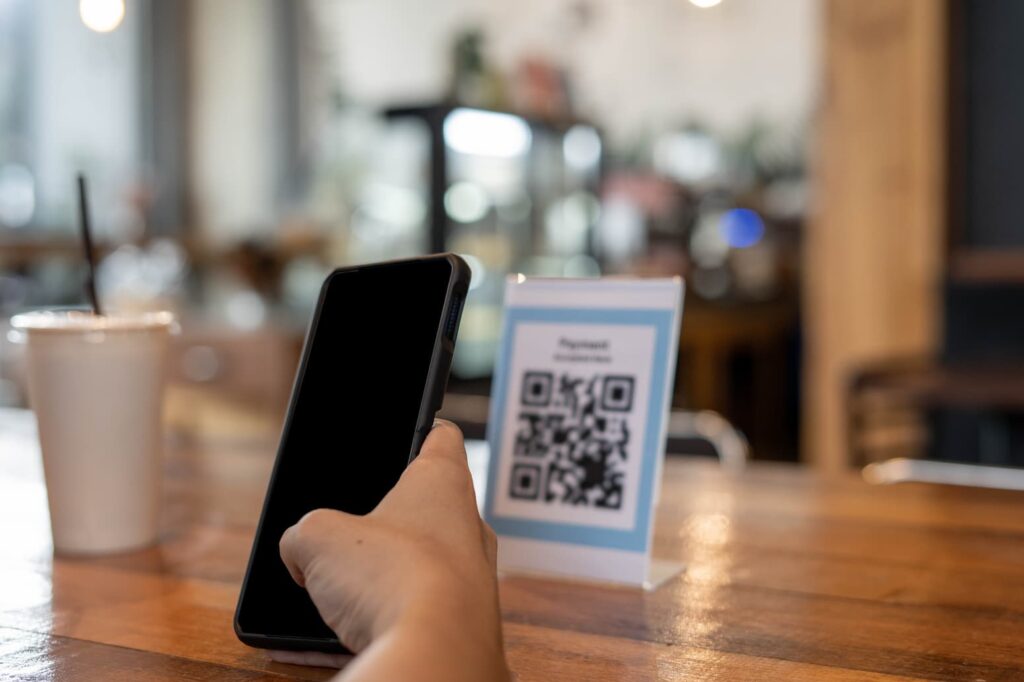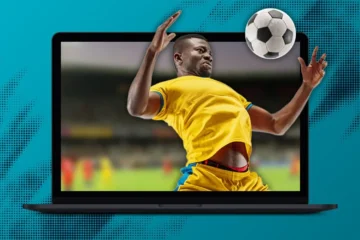QR codes have become a part of everyday digital interaction. From restaurant menus to payment gateways, these small black-and-white squares are everywhere. They make it easy to connect the physical world with the digital one. But sometimes, people face an issue when they try to scan – the blur qr code problem. This can happen in images, screenshots, printed copies, or even when using an online QR scanner.
In this article, we will explore what a blur QR code is, why it happens, how to fix it, and how online tools can help you scan even unclear codes.
What is a Blur QR Code?
A blur qr code simply refers to a QR code that is not clear enough for scanners to read properly. This blurriness can come from many factors:
- Low-quality printing
- Compressed or pixelated images
- Motion blur when taking a photo
- Screenshots with poor resolution
- Glare or reflection on a screen
When a QR code is blurred, the patterns of squares become harder to distinguish. Since QR scanners rely on precise alignment of these black and white modules, even a slight blur can cause scanning errors.
Why Do Blur QR Codes Happen?
A blur qr code is usually not intentional. It often happens due to simple mistakes or technical limitations. Some common reasons include:
- Image compression – Sharing QR codes on apps like WhatsApp or Messenger often reduces image quality.
- Motion shake – Taking a photo without holding the camera steady can cause blur.
- Poor printing – Printers with low resolution or out-of-ink cartridges can create unclear QR patterns.
- Scaling – Enlarging or shrinking a QR code image without maintaining quality often results in blurred edges.
- Environmental factors – Dust, glare, or scratches on a surface can distort the QR pattern.
Understanding these reasons is the first step toward solving the blur qr code problem.
The Impact of Blur QR Code on Scanning
A QR code is designed to be quick and error-free. But when you face a blur qr code, the whole experience changes. Instead of instant access, you end up struggling to make it work. The impacts include:
- Frustration for users trying to scan.
- Missed opportunities for businesses.
- Reduced trust in digital campaigns.
- Extra time wasted taking multiple attempts.
For example, if a restaurant shares its digital menu but customers face a blur qr code on the printout, it directly affects customer satisfaction.
Can Blur QR Codes Still Be Scanned?
Interestingly, not all blur qr code cases are hopeless. Modern scanners, especially online tools, are becoming more advanced. They use smart recognition to identify even distorted codes.
Here’s how you can sometimes still scan a blurred QR:
- Increase the brightness on your device screen.
- Take a clearer photo and use an online QR reader.
- Try zooming in or out until the code becomes sharper.
- Adjust the angle to avoid glare.
These tricks can help, but in some cases, the blur qr code may be too damaged to recover.
How to Fix Blur QR Code Problems
If you often deal with blur qr code situations, there are simple fixes:
- Use high-quality images – Save QR codes in PNG or SVG format instead of low-resolution JPEGs.
- Check before printing – Test the QR code on multiple devices before distributing.
- Avoid over-editing – Too much resizing or filtering can damage clarity.
- Use vector graphics – For professional use, create QR codes in scalable vector formats.
- Keep backups – Always store an original copy in case you need to reprint.
By following these steps, you can minimize the chances of ending up with a blur qr code.
Online QR Code Scanners for Blurred Codes
One of the easiest ways to deal with a blur qr code is to use an online scanner. Unlike traditional camera apps, online scanners can read QR codes from different sources:
- Uploading an image or screenshot.
- Using a webcam to capture the code.
- Scanning directly from a mobile browser without installing any app.
These tools are handy because they often include advanced algorithms that can detect patterns even in slightly blurry codes. For example, if you have a low-quality screenshot, you can simply upload it to a QR code scanner online and get the result instantly.
This makes online scanners perfect for anyone facing the blur qr code issue.
Mobile vs Desktop QR Code Scanning
Both mobile and desktop platforms offer solutions to scan a blur qr code, but each has its advantages:
- Mobile scanning is fast and convenient since the camera is always available. You can adjust focus and lighting easily.
- Desktop scanning works well when dealing with screenshots or images stored on a computer. You can drag and drop files into an online scanner.
Together, these options ensure that a blur qr code doesn’t completely block your access to important content.
Best Practices to Avoid Blur QR Codes
Prevention is always better than repair. If you want to avoid the blur qr code problem altogether, follow these best practices:
- Always generate QR codes using trusted tools.
- Keep a minimum size for print codes (at least 2 cm x 2 cm).
- Avoid compressing images when sharing online.
- Test scan on multiple devices before finalizing.
- Use clear contrast (black on white) for maximum readability.
These simple habits can save you from the hassle of dealing with a blur qr code later.
The Future of Blur QR Code Scanning
Technology is moving toward smarter recognition. Artificial intelligence and computer vision tools are already being integrated into QR scanning systems. In the near future, even heavily blurred or partially damaged QR codes may be scannable with ease.
This means the blur qr code problem may not exist for long. As scanners evolve, they will adapt to recognize imperfect codes, making digital interactions even more seamless.
Final Thoughts
A blur qr code may seem like a small issue, but it can cause real challenges in communication, marketing, and daily usage. Thankfully, solutions exist – from online scanners to simple preventive practices. By understanding why blurring happens and how to overcome it, you can make sure your QR codes always deliver a smooth experience.
Whether you are scanning from a mobile camera, a desktop, or an uploaded screenshot, modern tools make it possible to decode even challenging codes. The key is to always prioritize clarity and test your QR codes before sharing.
In the end, while a blur qr code can be frustrating, it also reminds us of the importance of quality in digital design. Clear, well-prepared QR codes ensure that users enjoy the instant connection they were meant to have.


